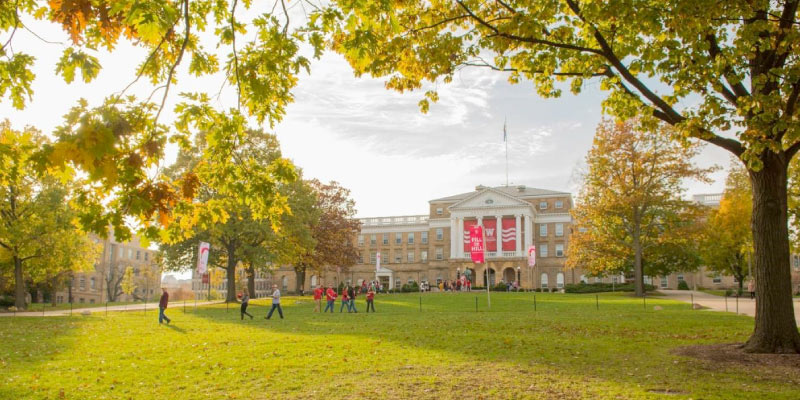
During the Spring 2023 semester, 13 Nelson Institute undergraduates took to the trails, streets, and sidewalks of the UW–Madison campus with a mission: to create an audio-based walking tour focused on the stories of environmental activism on campus. Creating the tour was their main assignment for Environmental Studies 600: Environmental Writing and Place, a new capstone class taught by Noreen McAuliffe, a lecturer in the Nelson Institute and the Department of English.
At the start of the semester, the class partnered with campus experts — that is, experts on the campus itself. They went on tours with Daniel Einstein, who specializes in campus history; Aaron Bird Bear, who cocreated the First Nations Cultural Landscape Tour; and Kacie Luccini Butcher of UW–Madison’s Public History Project. For McAuliffe, the tours were “very formative in the way they were thinking about place on campus.” From there, students selected a topic or area of interest, completed research, and put together a multimedia story using text, photography, and audio.
The tour was initially published through the Guidigo online platform with support from the UW–Madison Lakeshore Nature Preserve Student Engagement Grant. Although the grant ended in the summer, we’re sharing the students’ work here and online to keep the tour accessible. Lace up your walking shoes — or get your mouse ready! — as we head out to explore our campus’s environmental history.
Overview
From the institution of Earth Day and natural wonders like Lake Mendota, to influential figures like Aldo Leopold and John Muir, come join us as we explore the deeper ideas of UW–Madison’s environmental spaces, figures, and movements that connect us to this land and its multilayered history. In the Nelson Institute for Environmental Studies, you can explore stories like this every day!
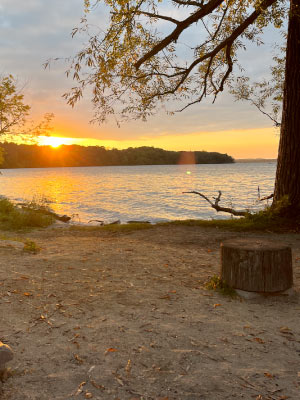
Stop 1: Lake Mendota
By Katie Manning ’23
Majors: Environmental Studies and Finance, Investment, and Banking
We are currently standing in Teejop, meaning “four lakes”, the name given to this land by the Ho-Chunk who have had inherent sovereignty in this area since time immemorial. About 18,000 years ago, the glaciers retreated leaving behind one giant lake, Glacial Lake Yahara. Over the next couple thousand years water levels dropped, leaving behind the four lakes in the Madison area. We are standing at Lake Mendota, its current name given to it by Frank Hudson in 1849. The Ho-Chunk call this lake Wonkshekhomikla, meaning “Where the Man Lies,” and many of their burial mounds are found along the shores of this beautiful lake.
The Memorial Union Terrace is one of the most popular student spots on campus, and looking around, it is easy to see why. The Terrace is located right on the shore of Lake Mendota, and on any sunny and warm day, students can be found at the orange, yellow, and green tables studying or chatting with friends. Looking at the lake, you can see the beautiful dark blue water with ripples and sunlight glimmering off of it. You can hear the sound of the waves crashing against the steps of the shore, the water being pulled back and forth by the gusty wind.
[Listen]
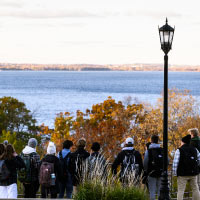
Stop 2: Observatory Hill Overlook
By Allyson Mills ’23
Majors: English and Music; Certificate: European Studies
Learn the rich cultural and ecological history of the views from Observatory Hill! Stand atop one of the most picturesque spots on the UW–Madison campus as you learn about the rich history of the places visible from this point. Learn about the Ho-Chunk Nation’s stewardship of this land, Picnic Point peninsula, Washburn Observatory, and Lake Mendota, as well as some exciting recent discoveries made in and around the four lakes’ waters. This stop is accessible via walking or the 80 bus line (no bus pass required).
[Listen]
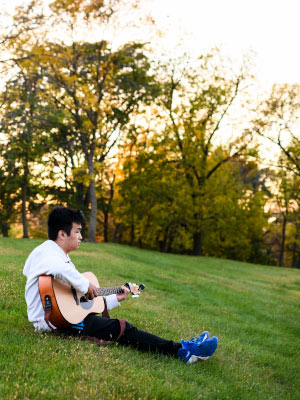
Stop 3: Observatory Hill
By Delia Langefeld
Class of 2023
Majors: Environmental Studies and Italian
Observatory Hill is a 12,000-year-old formation once occupied by the Ho-Chunk Nation. On this hill, 100 years ago, the Ho-Chunk built five burial mounds in the shape of a bird, water spirit, panther, linear mound, and conical mound. Today, only the bird and water spirit remain. More recently, in 1866, the University of Wisconsin took control of this land and developed a farm and an orchard on the hill. In the early 1900s, farming activity shifted west towards Eagle Heights. With this, the hill was a popular toboggan area for university students. Since then, Observatory Hill’s scenic overlook was built in 1984 so that passersby could enjoy the view. To reach Observatory Hill from the center of campus, take Bus 80 to Observatory Drive and N. Charter Street.
[Listen]
Stop 4: Bascom Hill
Lucia Macek ’23
Majors: Environmental Studies and English
Bascom Hill, a daunting upward slope, is the heart of the UW Madison campus. First formed by glaciers, this hill has been through many ups and downs (no pun intended). It’s home to the Ho-Chunk people, who were forced to cede their land to the U.S. government in the 1800s. Soon after this, it became the UW campus, beginning with the construction of North Hall. As more students began to trickle into the university, more buildings were constructed, shaping the Bascom Hill into what it is today. You can be picked up at Memorial Union by the 80 bus (it’s free to the public) and it will take you up to the top of Bascom Hill.
[Listen]
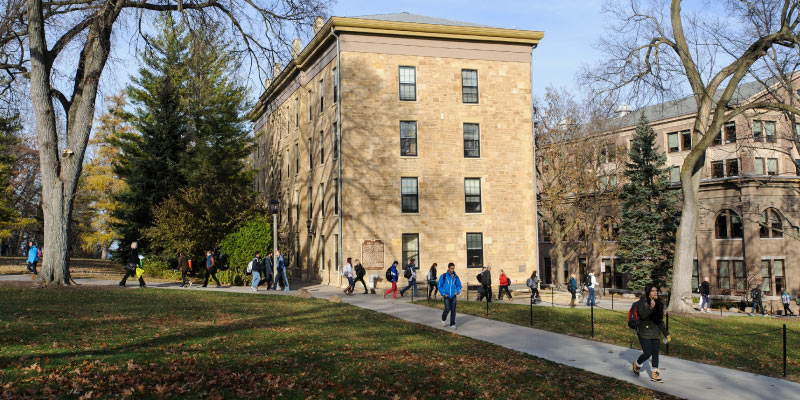
Stop 5: North Hall
By Corina Robinson ’23
Majors: Environmental Studies and Psychology; Certificate: Afro-American Studies
North Hall is well known to be UW–Madison’s first building. It is also known to have been the home of John Muir, one of the most famous preservationists. What is often forgotten is the racist and violent histories that each of these entities holds. This stop encourages listeners to take in both sides of the story, not favoring one over the other. North Hall is accessible via the route 80 Metro bus route heading towards Memorial Union. Take this bus to the Observatory and Bascom stop.
[Listen]
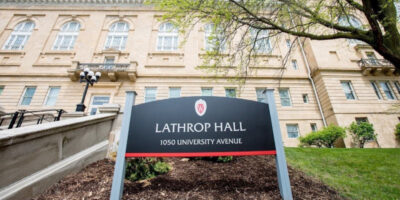
Stop 6: Lathrop Hall
By Katie Soldatke ’23
Majors: Environmental Studies and Dance
Since 1925, when Margaret H’Doubler founded the first dance degree in the nation, Lathrop Hall has become a safe space to explore movement and anatomy. Many student dancers at UW–Madison have had a long lasting impact on communities and environments, such as Anna Halprin. “Move your body, move the world.” To get to Lathrop Hall by bus, take the 08 bus to University and N. Park.
[Listen]
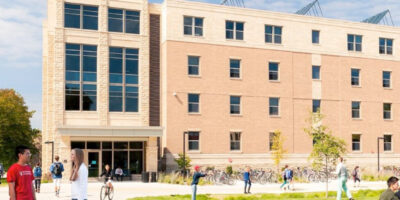
Stop 7: Leopold Residence Hall
By Kyle Hulbert ’23
Majors: Environmental Studies and Geography
The Legacy of Aldo Leopold at UW–Madison
[Listen]
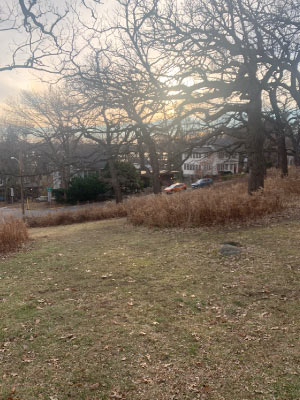
Stop 8: Lake Wingra and the Arboretum from Bear Mound
By Alessia Fucentese, Senior
Majors: Environmental Studies, Biology, and Botany; Certificate: Biocore Honors
Lake Wingra, the smallest lake on the UW–Madison campus, has the UW Arboretum on the south shore and Henry Vilas Park on the north shore. It is home to not only a beautiful ecosystem, but also many effigy mounds as well. In this stop, the history of the Ho-Chunk effigy mounds around the lake are explored in depth. Tune in for the story of effigy mound preservation in the past and present, including the founding of the arboretum as a whole. These stories are told from the vista of Bear Mound Park, located just north of Wingra’s north shore. Though not directly on Lake Wingra, it offers a spectacular vista of the lake and remains a notable effigy mound in the vicinity of UW-Madison’s campus. Let this tour be a powerful reminder to be respectful of these historical gems when walking in the arboretum and campus as a whole.
[Listen]
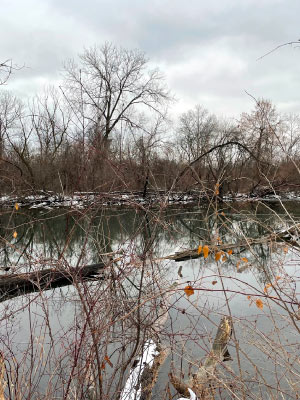
Stop 9: Ho-Nee-Um Pond
By Alexandra Bogner ’23
Majors: Environmental Studies and Agricultural and Applied Economics
Wind through Lake Wingra’s Oak Savanna onto the 400-foot boardwalk along Ho-Nee-Um Pond. This map provides helpful context of how to reach the path and the geography of the surrounding area.Take a ride up on the 7 line on Monroe Street from campus to save on walk time!
[Listen]
Stop 10: Science Hall
By Mandy Gorski ’23
Majors: Environmental Studies and Life Sciences Communication
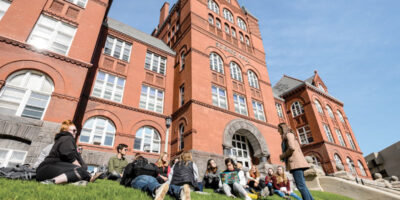
Science Hall, although synonymous with UW–Madison, is quite concentrated in classes and therefore results in less exposure to students on a more intimate level. Here, we will explore the infamously unique attributes of the building as well as look back at some of its past uses and how this has contributed to the constant adaptation of its interior. Finally, we will nod our heads to the Nelson legacy and briefly touch on some of the broader sustainability and environmental implications that will be covered further along this tour. Hopefully, we leave current and prospective environmental students more aware of the fascinating past of a potentially previously overlooked spot at the heart of campus. It can be found at the corner intersection of Langdon and N. Park Streets, across from College Library and diagonal to the Memorial Union.
[Listen]
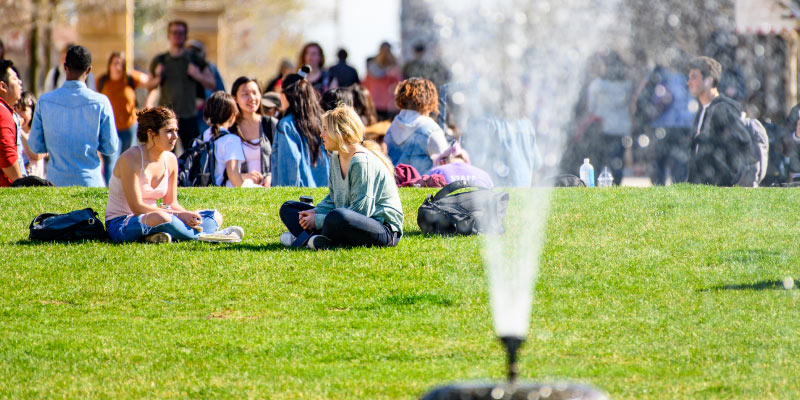
Stop 11: Library Mall (Earth Day 1970)
By Isabelle Labus, Junior
Major: Environmental Studies
The day before the first official Earth Day — April 21, 1970 — saw a group of students gathered here despite the city’s recent ban on “all parades and rallies.” What was the first Earth Day like here on campus? Why were the students gathered here to march in protest over it? This tour stop is located near Library Mall and East Campus Mall and is best reached by foot. There is nearby parking at Helen C. White Garage or the State Street campus garage on Lake Street.
[Listen]
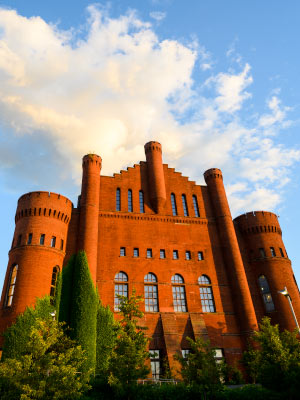
Stop 12: Red Gym
By Taylor Wild, Junior
Majors: Environmental Studies, Geography, and Atmospheric and Oceanic Science
The Red Gym, originally created to be a gymnasium and armory, is now the home of many student organizations, including ones that are sustainability and environmentally focused. Here, we will explore the past of the Red Gym including its history of various uses, the restoration project that transformed it into its current state, and the sustainability-related accomplishments of student organizations and the University as a whole. The Red Gym can be found right next to the Memorial Union and across the street from Library Mall.
[Listen]
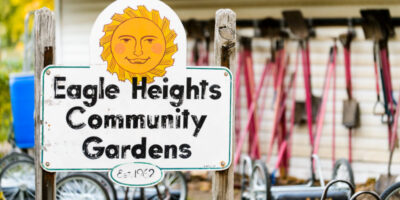
Stop 13: Eagle Heights Community Garden
By May Jagodzinski
Majors: Environmental Studies and Global Health
Tucked away near Lake Mendota Drive, the Eagle Heights Community Garden is the U.S.’s largest community garden. It facilitates cross-cultural exchange of language, culture, and ecological perspective between University of Wisconsin–Madison students and the residing community. Walk through the development of Eagle Heights, which is intrinsically tied to the story of Eagle Heights Garden and see its development up to current day as well its centrality to sustainability initiatives on campus. The gardens can be accessed either by the Lakeshore Path or by taking the 80 or 84 bus at no cost from Memorial Union.
[Listen]